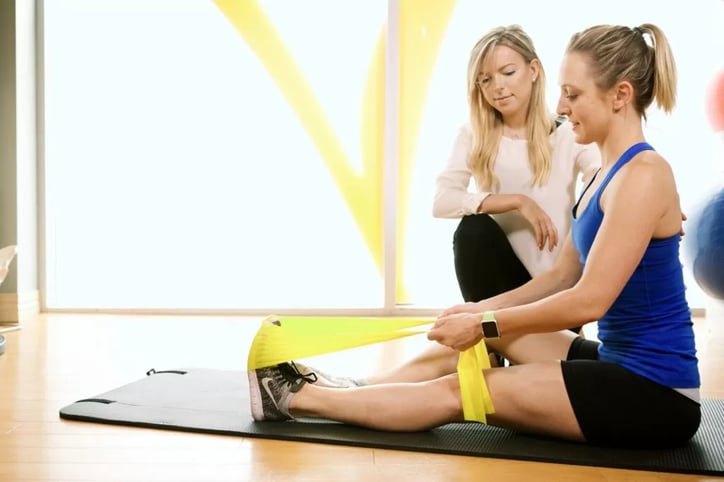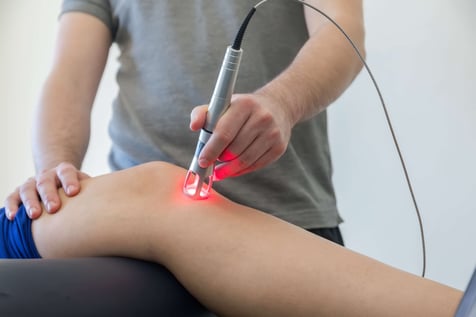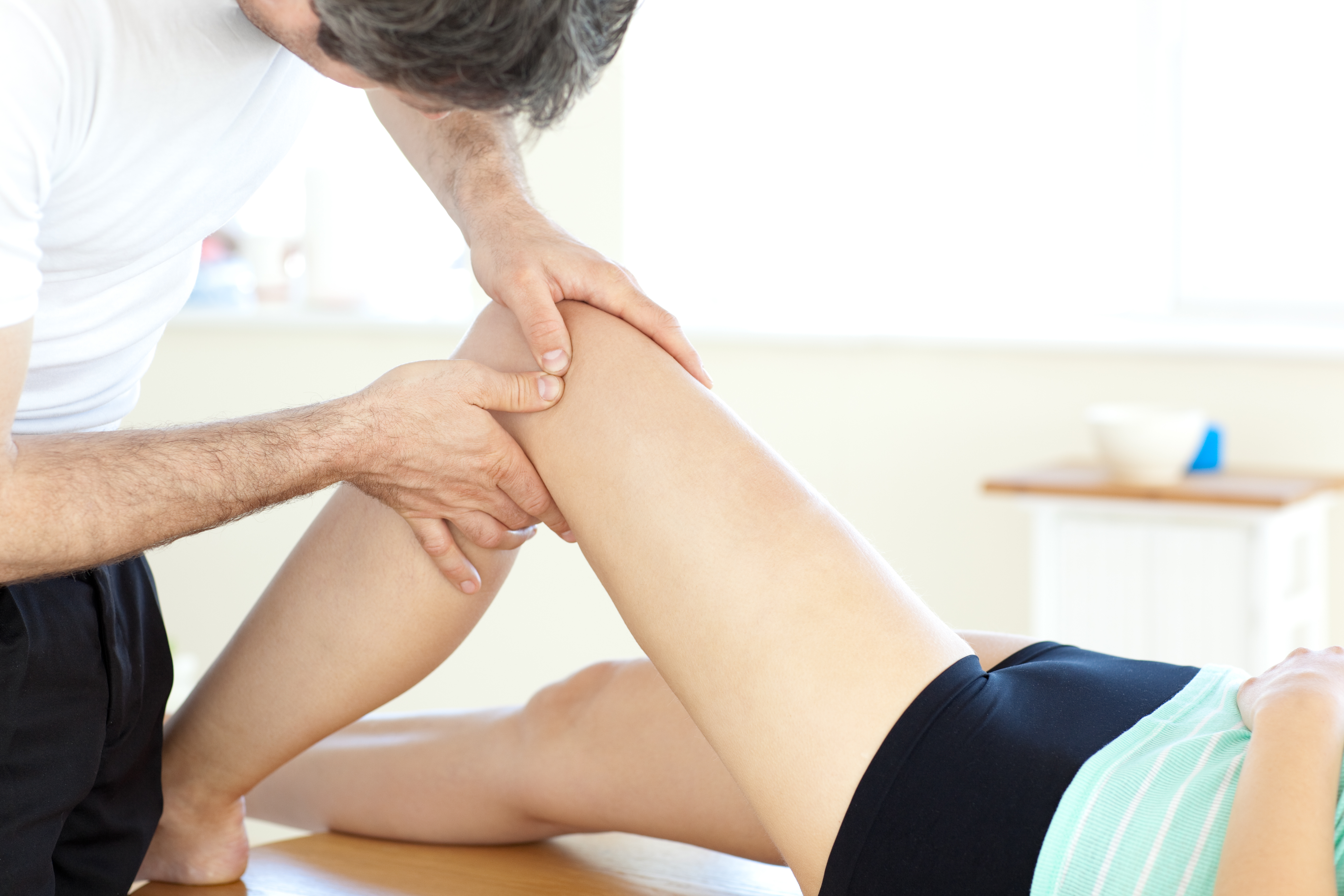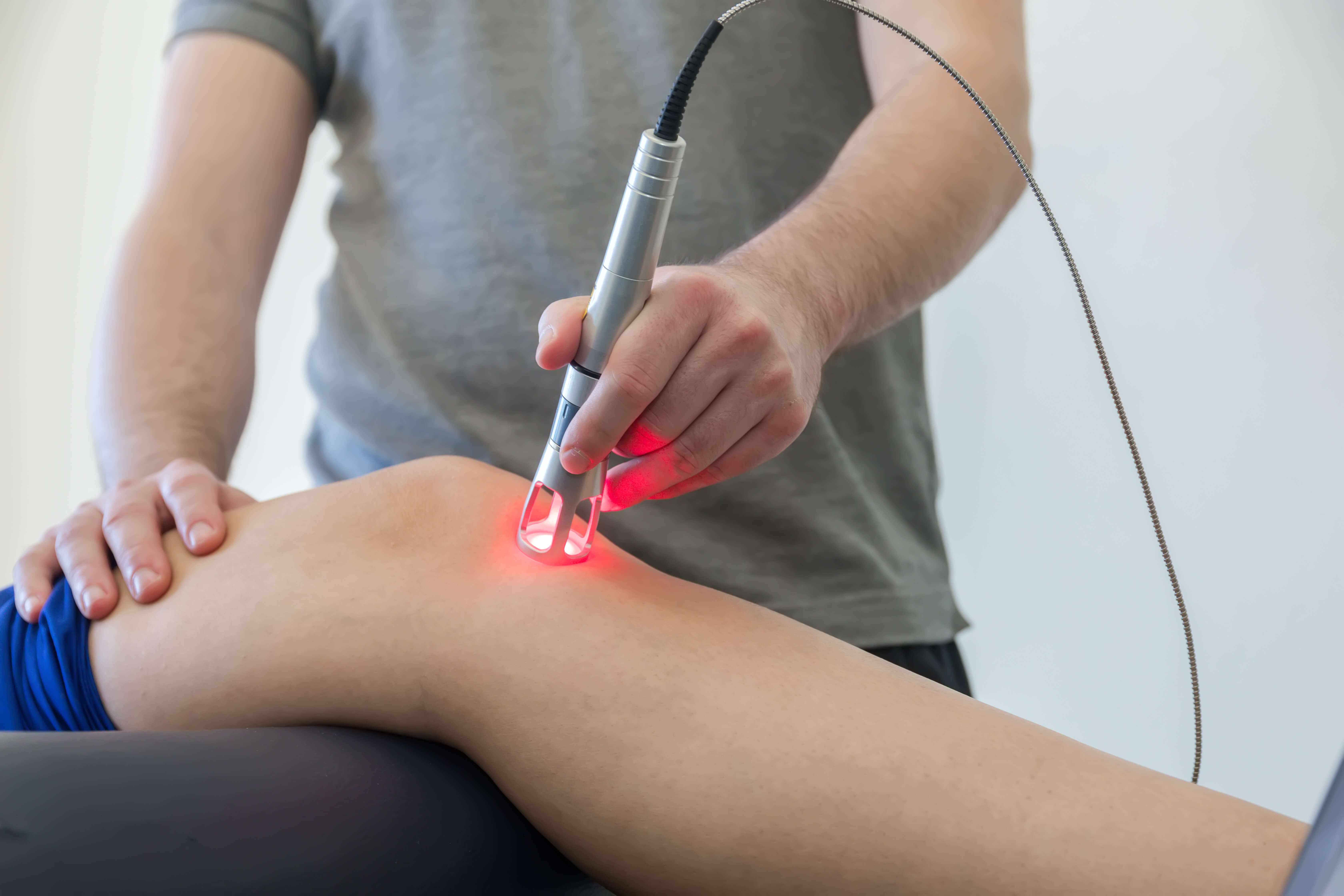Has your knee been injured or had surgery? Or is arthritis to blame for the stiffness and pain? In any case, getting up and moving your joints might seem like the last thing you should do. However, your doctor may recommend physical therapy to help you regain your strength and start the healing process.
PT, or rehab as some people refer to it, can relieve your joint and muscular pain. You'll work with a physical therapist, a qualified expert who employs a range of techniques to strengthen your muscles and improve how your body feels and functions.

There are a few items you could need:
- Exercises and stretches
- Heat and ice
- Sonic wave massage
- electrical stimulation of the nerve or muscle
What will physiotherapy constitute?
Depending on what caused your discomfort, you may begin physical therapy at any time. It may be all you require at times for treatment. Surgery might not be necessary.
In the event that you undergo surgery, your doctor will probably advise at least a few weeks of therapy to aid in your recovery. You'll do simple exercises during your physical therapy sessions. Exercises for strength training are a crucial component of the PT session. For instance, you could have to make the following motions:

- curled-up hamstrings
- solitary-leg dips
- Step-ups
- raises with straight legs
- Wall sit ups
- Balance training
Typically, you start with a small number and add more as you gain strength. To make your muscles work harder, you might need to add weights. If something hurts, let your therapist know. If you experience severe pain, stop immediately. You might feel a little discomfort.

Plan prepared for some downtime following therapy in case you feel stiff or sore. Find out how to stop this pain by speaking with your doctor or therapist. Additionally, your physical therapist could utilize electricity to enhance the flexibility and strength of your knees. The technique is known as "TENS," or transcutaneous electrical nerve stimulation.
On the front of your thigh, just above your knee, electrode-looking sticky patches will be applied. Each one is connected to the TENS unit via a wire. They switch it on, and as soon as they do, your muscle's nerves begin to tingle due to minute electrical signals. This improves your blood's flow.
How Much Time Will It Take for My Knee to Heal?

How frequently you must attend therapy will be determined by your physician or physical therapist. For six weeks or more, it could happen many times per week. The price varies based on how painful your knee is and whether you've had surgery.
Conclusion
The best approach to manage knee discomfort is with physiotherapy. For those who experience knee pain and want to avoid surgery, it is ideal. For people who have already undergone surgery and want to prevent additional surgery, it is a suitable option. People who use physiotherapy for knee pain can quickly return to their favorite activities.


